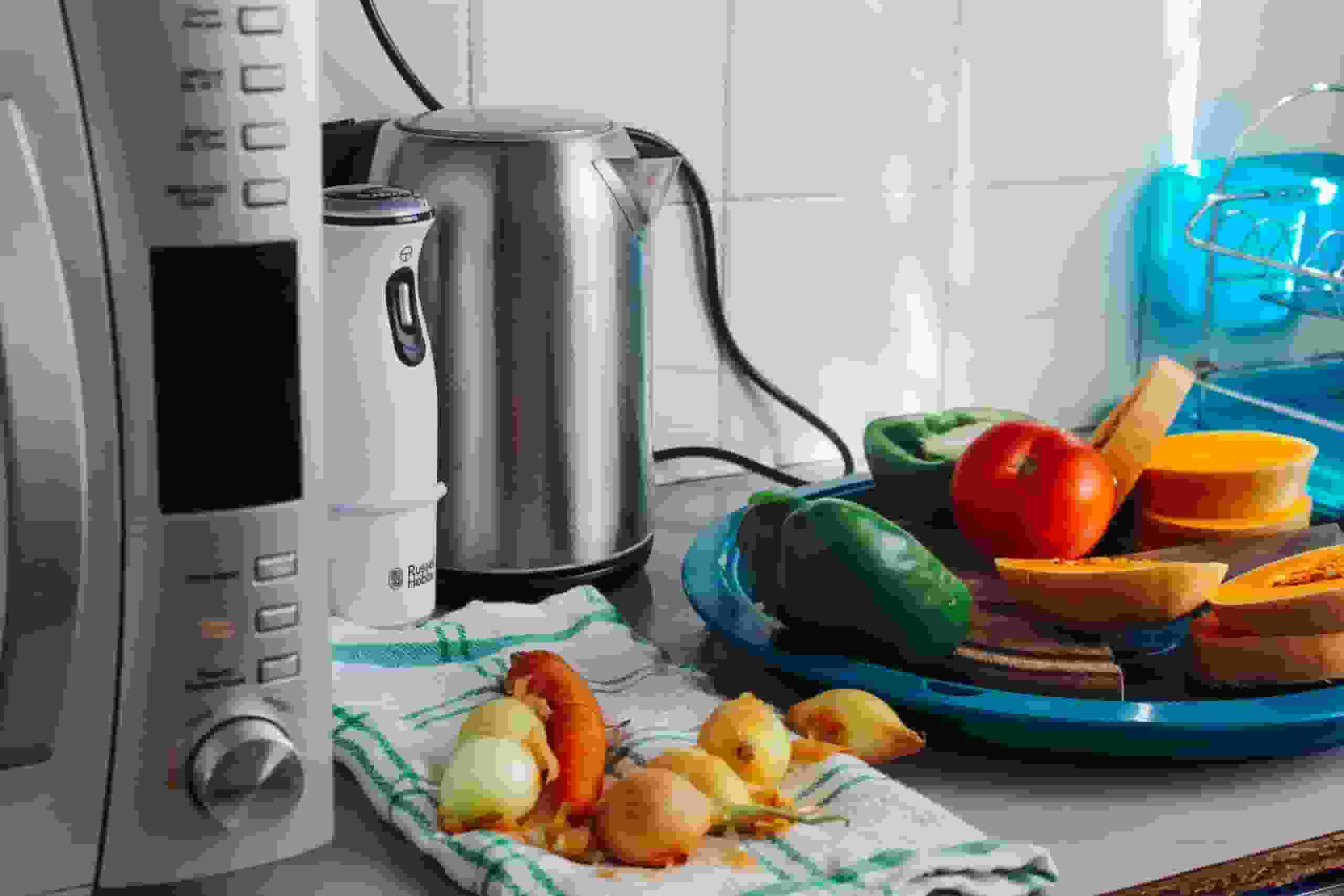
Local health departments will accept applications for the federal Low Income Energy Assistance Program through March 31, or until the money runs out, whichever occurs first.
Through the Inflation Reduction Act, the Biden administration is providing refunds to towns around the United States in an effort to encourage Americans to replace their outdated, environmentally unfriendly household appliances with newer, more energy-efficient models.
Energy Assistance Program
President Joe Biden aims to reduce greenhouse gas emissions in the United States by at least half by 2030. To achieve this goal, he intends to weatherize two million houses by, for example, replacing furnaces with heat pumps, which would reduce the country’s reliance on fossil fuels.
The reimbursements will be made accessible to the public later this year, and the federal government will announce the qualified states and tribes in the spring.
Homes will be eligible for rebates ranging from $2,000 to $4,000 for energy efficiency retrofits, while multifamily structures might get up to $400,000 in rebates.
Funds will also be sent directly to the states to assist them in providing rebates. A home that reduces energy consumption by at least 20% will receive up to $2,000, while those that save at least 35% would receive up to $4,000.
Read more: Senate pushing to totally ban TikTok due to national security concern
Examine These Appliances To Conserve Electricity

Washing Machine
The optimal temperatures for washing clothes are 20, 30, or 40 degrees Celsius. This is one of the electricity-saving ideas that create the biggest surprise, as many people still wash their clothes at 60 degrees, and bed linens at 90 degrees. In modern times, however, the old-fashioned boil wash with extremely hot water is warranted only in extraordinary circumstances.
In most cases, hot washing is no longer required for hygiene reasons. Detergents and appliances are so effective that they may remove common dirt at temperatures as low as 30 or 40 degrees.
Kitchen Stove
How can this be? The Bavarian Consumer Advice Centre adds that this is because a securely shut lid causes the internal pressure to build up, allowing temperatures to climb to 120 degrees Fahrenheit and so lowering cooking time. Andrea Danitschek, an authority in nutrition, recommends paying close attention to the manufacturer’s recommendations.
These contain not only safety precautions but also information regarding the correct cooking times and filling amounts for various foods.
Soups, stews, goulash, and roulades can be prepared in the pressure cooker directly in the liquid. Cooking using steam is also feasible. Fill the saucepan with a small amount of water and set the vegetables or potatoes in the strainer attachment.
During the cooking process, steam is produced to heat the meal. According to Danitschek, this approach is exceptionally sparing of nutrients and aromas.
Fridge
Regular defrosting of your freezer is necessary since a thick coating of ice acts as thermal insulation, causing your freezer to consume more electricity. According to the non-profit German consulting firm co2online, a five-millimeter layer of ice in a freezer compartment boosts electricity consumption by almost 30 percent.
Winter is an excellent season to defrost the refrigerator since you can simply store the contents of the refrigerator and freezer outside.
When emptying your appliance, experts recommend placing your frozen foods in a location that is out of direct sunlight. Even on a cold winter day, the sun may warm the products.
Read more: Mortgage interest rates decline prompting 5% surge in refinancing applications

